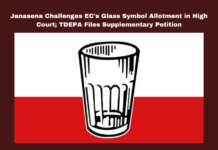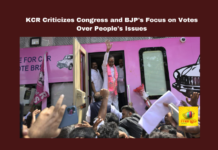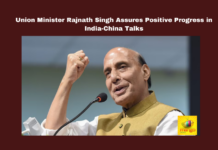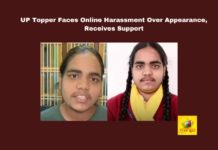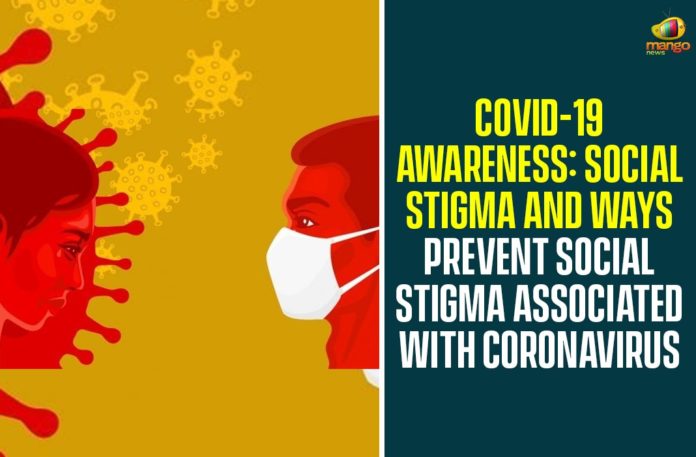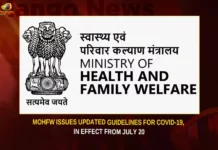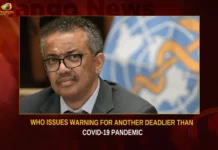The Novel Coronavirus or COVID-19, which broke out in 2019 December from China creates a lot of confusion, misconception and stigma amongst people.
What are social stigma associated with the Novel Coronavirus or COVID-19?
Since the disease is a new one and provides very limited information, hence negative association with the patients tested positive of the disease is a basic phenomenon which needs to be addressed.
Some of the social stigma related to the COVID-19 is indifferent treatment with people diagnosed positive of the disease, discrimination, stereotyped and loss of status.
Why COVID-19 is having a social stigma?
Due to the newness of the disease with zero access to depth and reasons, the disease generated social stigma amongst people.
Major reason for the same could be anxiety, confusion and fear.
Impact of social stigma on people?
Stigma can undermine social cohesion and possible social isolation of groups, which might
contribute to a situation where the virus is more, not less, likely to spread. This can result in more
severe health problems and difficulties controlling a disease outbreak.
Stigma can:
• Drive people to hide the illness to avoid discrimination
• Prevent people from seeking health care immediately
• Discourage them from adopting healthy behaviours
Evidence clearly shows that stigma and fear around communicable diseases hamper the response. What
works is building trust in reliable health services and advice, showing empathy with those affected,
understanding the disease itself, and adopting effective, practical measures so people can help keep
themselves and their loved ones safe.
How we communicate about COVID-19 is critical in supporting people to take effective action to help
combat the disease and to avoid fuelling fear and stigma. An environment needs to be created in which
the disease and its impact can be discussed and addressed openly, honestly and effectively.
Here are some tips on how to address and avoid compounding, social stigma:
1. Words matter: dos and don’ts when talking about the new coronavirus (COVID-19)
2. Do your part: simple ideas to drive stigma away
3. Communication tips and messages.
WORDS MATTER:
When talking about coronavirus disease, certain words (i.e suspect case, isolation…) and language may
have a negative meaning for people and fuel stigmatizing attitudes. They can perpetuate existing negative
stereotypes or assumptions, strengthen false associations between the disease and other factors, create
widespread fear, or dehumanise those who have the disease.
This can drive people away from getting screened, tested and quarantined. We recommend a ‘people-
first’ language that respects and empowers people in all communication channels, including the media.
Words used in media are especially important, because these will shape the popular language and
communication on the new coronavirus (COVID-19). Negative reporting has the potential to influence
how people suspected to have the new coronavirus (COVID-19), patients and their families and affected
communities are perceived and treated.
There are many concrete examples of how the use of inclusive language and less stigmatizing terminology
can help to in control epidemics and pandemics from the HIV, TB and H1N1 Flu.2
How to prevent social stigma?
Spreading the facts: Stigma can be heightened by insufficient knowledge about how the new
coronavirus disease (COVID-19) is transmitted and treated, and how to prevent infection. In
response, prioritise the collection, consolidation and dissemination of accurate country- and
community-specific information about affected areas, individual and group vulnerability to COVID-
19, treatment options and where to access health care and information. Use simple language and gaging social influencers 4
such as religious leaders on prompting reflection about people who are
stigmatized and how to support them, or respected celebrities to amplify messages that reduce
stigma. The information should be well targeted and the celebrities who are asked to communicate
this information must be personally engaged, and geographically and culturally appropriate to the
audiences they seek to influence. An example would be a mayor (or another key influencer) going
live on social media and shaking hands with the leader of the Chinese community.
• Amplify the voices, stories and images of local people who have experienced the new coronavirus
(COVID-19) and have recovered or who have supported a loved one through recovery to emphasise
that most people do recover from COVID-19. Also, implementing a “hero” campaign honouring
caretakers and healthcare workers who may be stigmatized. Community volunteers also play a great
role in reducing stigma in communities.
• Make sure you portray different ethnic groups. All materials should show diverse communities being
impacted and working together to prevent the spread of COVID-19. Ensure that typeface, symbols
and formats are neutral and don’t suggest any particular group.
• Ethical journalism: Journalistic reporting which overly focuses on individual behaviour and patients’
responsibility for having and “spreading COVID-19” can increase stigma of people who may have the
disease. Some media outlets have, for example, focused on speculating on the source of COVID-19,
trying to identify “patient zero” in each country. Emphasizing efforts to find a vaccine and treatment
can increase fear and give the impression that we are powerless to halt infections now. Instead,
promote content around basic infection prevention practices, symptoms of COVID-19 and when to
seek health care.
• Link up: There are a number of initiatives to address stigma and stereotyping. It is key to link up to
these activities to create a movement and a positive environment that shows care and empathy for all.
The Novel Coronavirus has infected as many as 24,349,576 people and claimed 829,899 lives globally till the 27th of August.
Stay tuned for further updates.





